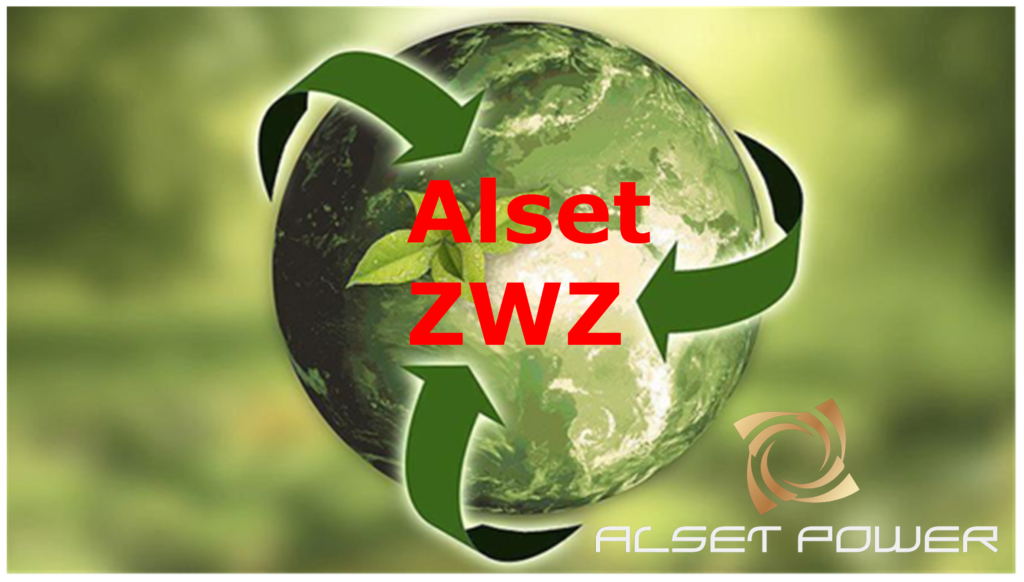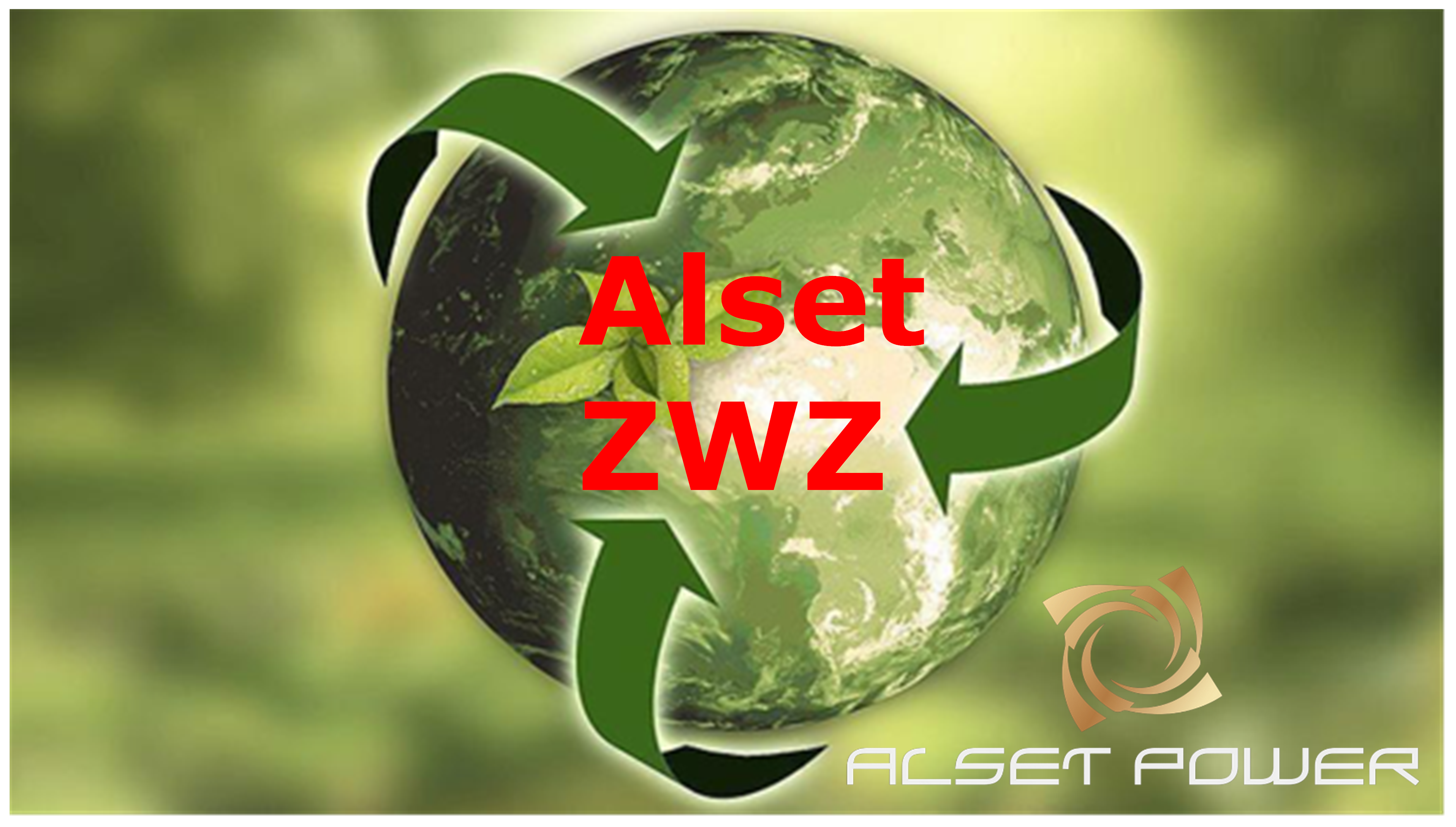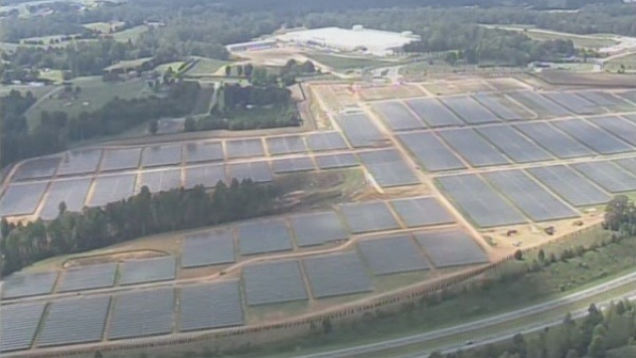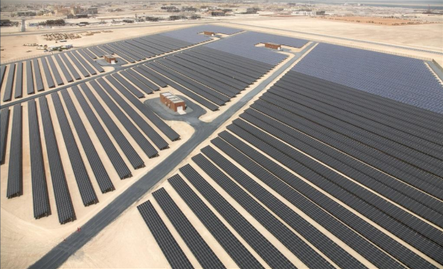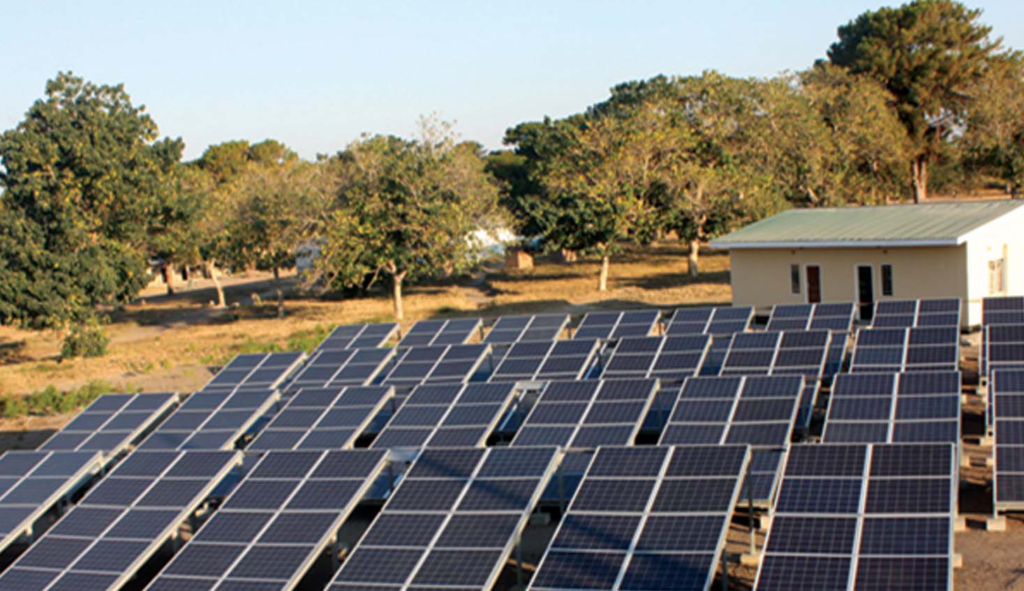Solar Farms
Assisting Zambia with Renewable Energy
We have been pioneering Solar Farm development in Africa since 2012. PSECC Ltd have developed the “Resource Ownership” concept – whereby a City, Town, County or State Council can take ownership over the Natural Resources in their area e.g. Waste, Solar Radiation for Solar Farms. Biomass Plants, Solar PV for homes and Water & Wind Turbines.
Our development programme for Zambia Solar Farms is commencing with 20MW in the Copperbelt region then another 20x20MW solar farms & 80MW of Solar Mini-Grids . First 20MW Solar Farm & PPA agreed with CEC.
The number of ground-mounted solar parks is increasing across the world in response to energy decarbonisation. Solar parks offer an opportunity to deliver ecosystem co-benefits but there is also a risk that their development and operation may be detrimental to ecosystems. Consequently, we created the Solar Park Impacts on Ecosystem Services (SPIES) decision-support tool (DST) to provide evidence-based insight of the impacts of different solar park management practices on ecosystem services. We promote the co-delivery of other ecosystem benefits can help to ensure that the energy transition does not swap climate change for local scale ecosystem degradation, and potentially prompt improvements in ecosystem health.
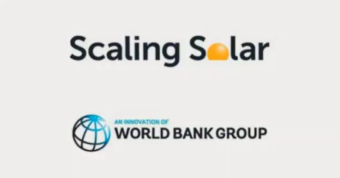
WWF Zambia – we are in negotiations with WWF Zambia to try and bring additional revenue streams into their work by the adoption on land in Zambia for Solar Farms. WWF & the Chiefs who own the land can be part shareholders in each solar farm, which will see much needed extra Renewable Energy (Electricity) being generated and resulting in more electricity being available for the people of Zambia.
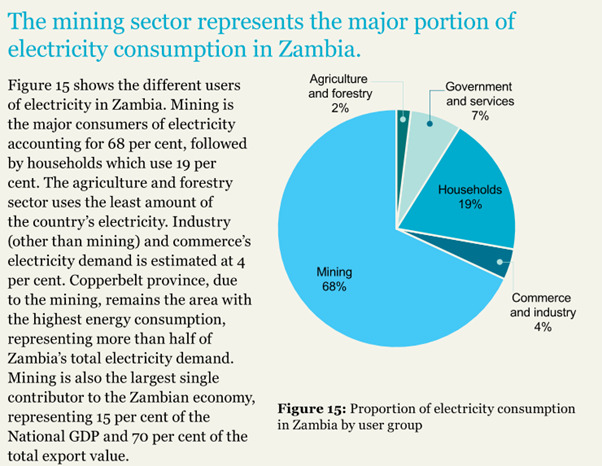
University of Sheffield
While ground-mounted arrays of solar panels offer several benefits related to clean energy provision, they miss opportunities to deliver livelihood benefits in addition to electricity supply, and in some cases can actually detract from other development goals. For example, ground-mounted arrays remove land from food production, and at a time when crop yields are threatened by a changing climate, increasing populations and insecure land ownership, we cannot risk putting further pressure on land resources.
Agrivoltaic energy systems, however, can combine the delivery of solar electricity, crop production, and rainwater harvesting on the same land area. Instead of being mounted close to the ground like traditional solar power arrays, agrivoltaic systems are constructed several meters high, with gaps between the arrays, enabling crops to be grown underneath.
Here’s the link to an article on our webpage, here’s a Guardian article on the project, and here’s a short video by the World Economic Forum.
This concept could be incorporated into this Zambia project in a second development phase – for every 50MW solar farm we build in Zambia we could have two or more 500KW or larger projects below incorporated into the project.
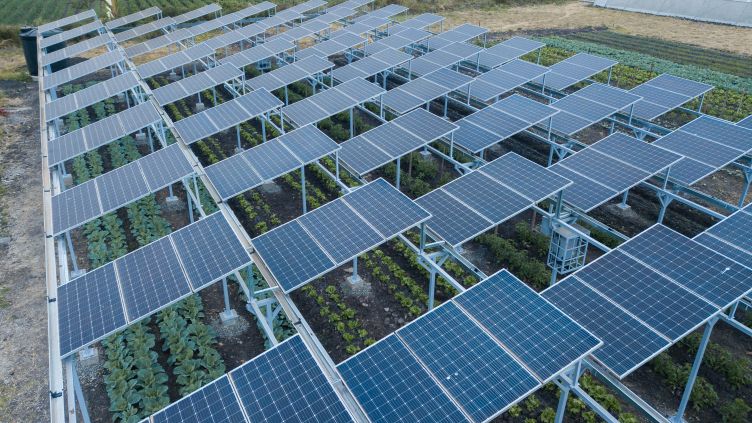
Solar PV & Food production
Solar power is seen as a key way of addressing East Africa’s energy challenges, but the solution is not as simple as installing traditional solar panels across large areas of land. “Harvesting the Sun Twice”
Conclusions and policy implications
Land use change for ground-mounted solar parks has occurred at an exponential rate, and arguably offers more potential than any other land use change to deliver natural capital and ecosystem service benefits. Empirical data showing increased vegetation diversity and butterfly abundance across 11 solar parks demonstrate that these benefits are realisable. However, public and industrial policy support to capitalise on this opportunity is lacking. In the UK the SPIES DST provides a means of promoting natural capital and ecosystem service benefits at solar parks across the UK, over and above the environmental benefits related to increased low carbon energy provision. Moreover, while the evidence base and management actions in the SPIES DST are optimised for UK solar parks, these could be altered to enable applicability to other regions and other land uses. Coupled with expert knowledge of local ecosystems and the environmental and financial costs and management of existing land uses and agricultural practices, the SPIES DST could be embedded within planning and industry policies to promote land use change for solar parks that maximises net ecosystem and environmental gain.
Alset Power
Alset Power Company Inc from the USA, we first propose the Four Waste plants development programme followed immediately by a second twelve x 50MW Solar Farm development programme USD 700 million, one in each of the Cities below. It would be useful to investigate this potential with the Ministry of Green Economy and for them to arrangements each City to allocate 180 acres of land. Once the Research data has been completed for the Harvesting the Sun Twice we will hopefully assist in the further development of this project in Zambia to further assist with Climate Change Mitigation and Food production.
A 50MW Solar Farm, will cover 180 acres and utilise solar panels & to maximise efficiency with Battery storage for 24/7 supply.
A 50MWp solar power plant would produce in 1st year approximately 81 million kWh per year – one of our partners is Alset Power who have built 2 x 1,000 MW solar farms Chile.
Zambia – 12 Largest Cities
| Name | Population | Latitude/Longitude | |
|---|---|---|---|
| 1 | Lusaka , Lusaka | 1,267,440 | -15.407 / 28.287 |
| 2 | Kitwe , Copperbelt | 400,914 | -12.802 / 28.213 |
| 3 | Ndola , Copperbelt | 394,518 | -12.959 / 28.637 |
| 4 | Kabwe , Central | 188,979 | -14.447 / 28.446 |
| 5 | Chingola , Copperbelt | 148,564 | -12.529 / 27.884 |
| 6 | Mufulira , Copperbelt | 120,500 | -12.55 / 28.241 |
| 7 | Luanshya , Copperbelt | 113,365 | -13.137 / 28.417 |
| 8 | Livingstone , Southern | 109,203 | -17.842 / 25.854 |
| 9 | Kasama , Northern | 91,056 | -10.213 / 31.181 |
| 10 | Chipata , Eastern | 85,963 | -13.633 / 32.65 |
| 11 | Kalulushi , Copperbelt | 66,575 | -12.842 / 28.095 |
| 12 | Mazabuka , Southern | 64,006 | -15.856 / 27.748 |
54 MW Solar Farm – 20% owned by IDC
INTERNATIONAL CLIMATE CHANGE MITIGATION
- HELPING YOUR COUNTRY FIND IT’S WAY IN 1.5 DEGREE C CONSISTENCY
Sustainable Development – Sustainable Urban & Rural Life Full funding for Waste Recycling
&
Gasification plants & Solar Farms
Solar Farm development for Zambia
If Zambia wants Solar Farms we can have a second development programme & provide full funding & technology. We have built two 1,000MW Solar Farms in Chile and have been active in Africa since 2012. Twelve 50MW solar farms with battery storage for 24/7 electricity supply could be built and full funding of USD $700 million made available by us for Zambia projects – in line with COP26 aspirations.
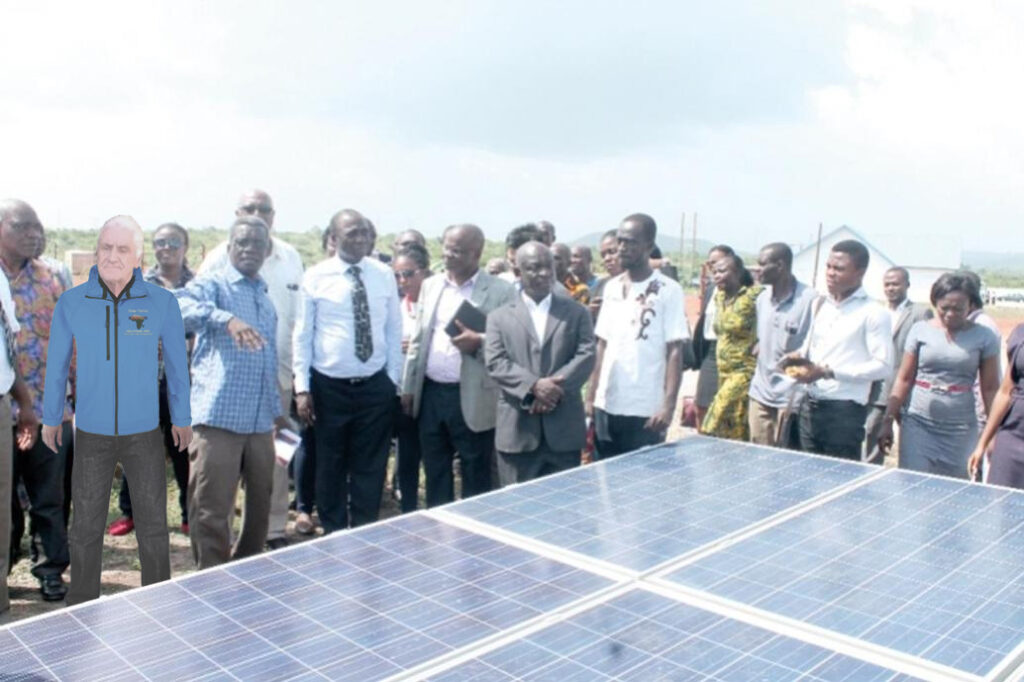
Solar development programme & Climate Investment funding –
Net Zero
Zambia can have another development programme for Solar Farms and Solar PV arrays and PV for homes and full funding.
Climate Investment Fund
Leaf – for Solar Farms & Solar PV
The LEAF framework will provide decentralised renewable energy solutions to tackle the energy shortfall, while also reducing CO2 emissions and simultaneously boosting local economies and businesses.
This initiative will address financial and investment barriers by deploying credit enhancement instruments and new financial products to crowd in local currency debt and commercial capital.
